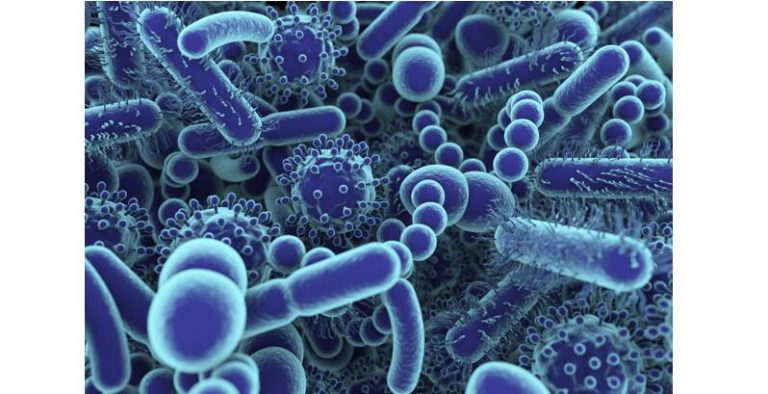TOOLS FOR MICROBIOME AND RELATED METABOLOME ANALYSIS
Microbes are the collection of tiny organisms that live in various cavities of the human body, including a massive number of bacteria, fungi, bacteriophages, eukaryotic viruses, and fungi. Most of them are symbiotic or alternate microorganisms. The collection of all gut microbial genes (that is, the microbiome) in one person represents a genetic pool whose number of genes is an order of magnitude higher than that of the human genome. Most microbes live in the human intestines and are affected by feeding methods, lifestyles, drugs, and host genetics. The gut microbiome plays an important role in improving host immunity, food…

